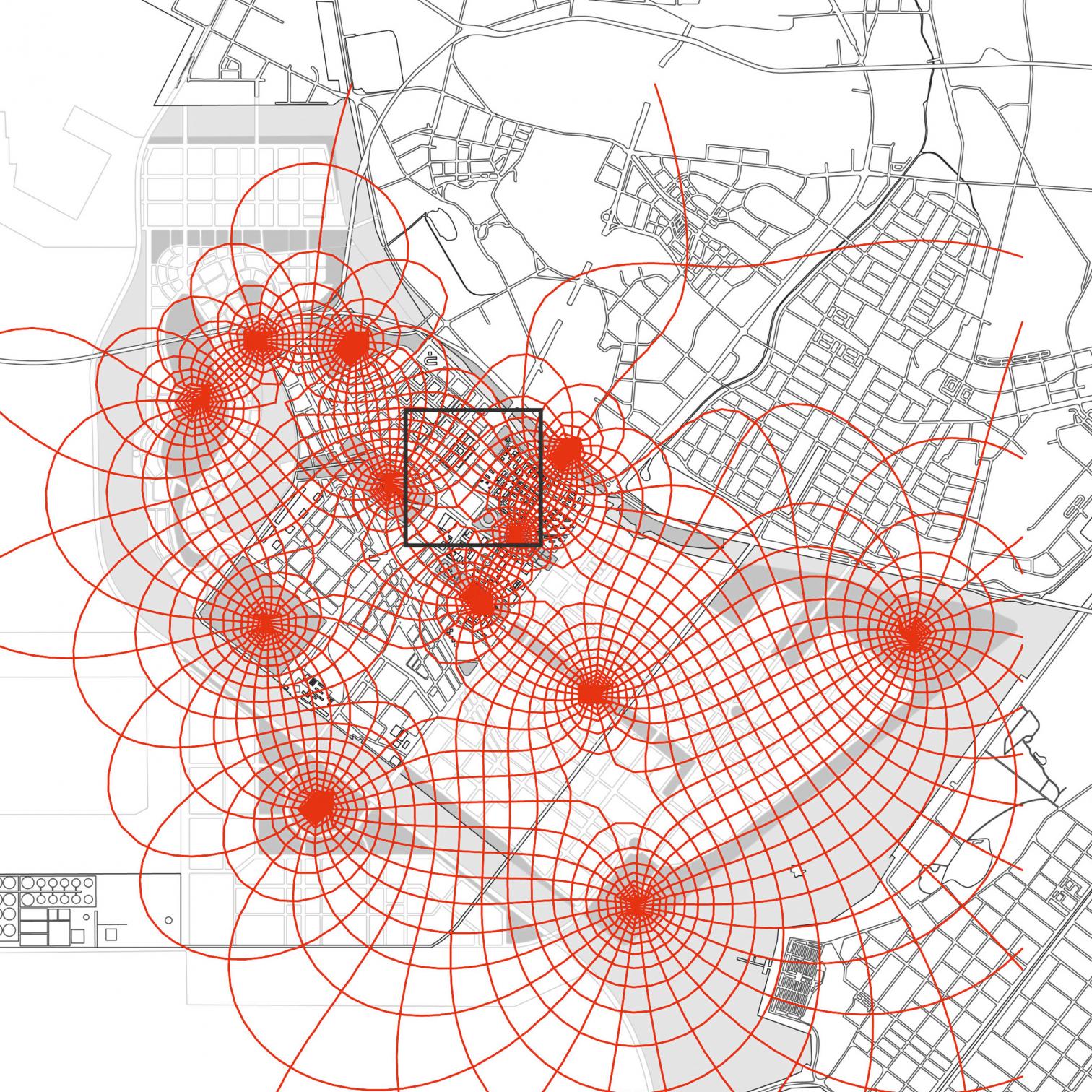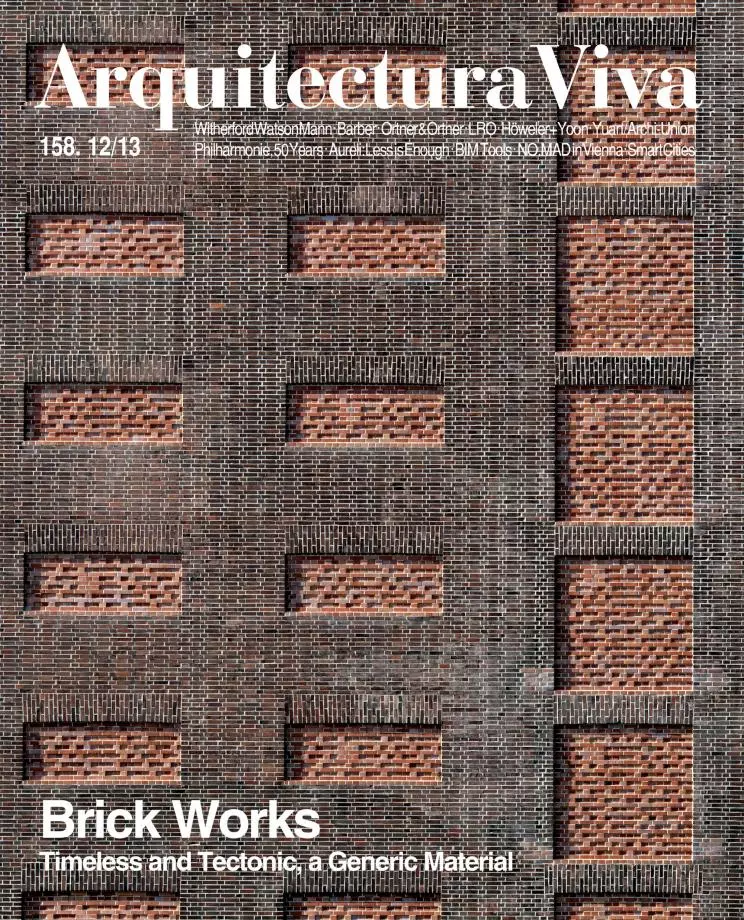
The city is the problem; technique, the solution. This slogan could sum up the urban programs that, whether in the consolidated metropolises of the West or in the bustling megalopolises of Asia, go by the version of the modern panopticon that the so-called ‘smart cities’ are. Illustrated with the term ‘Internet of things’, the new paradigm of management rests upon a very intuitive simile, according to which the inextricable grids of information technologies are like a nerve network, and the powerful centers that manage the data, like brains. The ‘smartness’ that this network produces can then be applied to objects, but also to cities.
In spite of its usual conceit, this ‘smartness’ is rather precarious. In reality, it consists in digitalizing urban space through communication and information technologies (CIT), as well as geographic information systems (GIS), with the aim of monitoring streets, buildings, and people through innumerable sensors, and of intervening on the city in real time (see Arquitectura Viva 145). The problems they try to address are many, from mobility to resource management through the environment and even the political model, encouraging the idea of a participatory government through ubiquitous social networks. No less varied are the contexts where this digital intelligence can be applied. In New York, IBM is installing 250,000 readers with strangely complementary missions, from detecting water leaks to alleviating traffic, preventing fires, or anticipating offenses. For its part, South Korea proclaims its pride in its own smart city, New Songdo, which the multinational CISCO is to finish in 2014, when it will be an organism in possession of a vast digital operations center that, acting like a brain, will connect traffic lights to hospitals, street lamps, and weather stations.
Of course the laudable endeavor to make our cities smart is a fantastic business. Estimates have it moving more than US$50,000 a year. So it is that the big communications multinationals have set up a vigorous lobby that organizes congresses everywhere in order to find allies among political administrators, and convince them of the urgent need to put a stop to water leaks and traffic congestion, but also to eliminate social conflicts, including delinquency – a consequence of the always uncomfortable fact of living together –, in a politically neutral way; such is the angelic virtue of digital tools. As César Rendueles recently stated in a thrilling book, Sociofobia, it’s not economic interests that are hidden behind it, but a fetishist innocence in the face of technology, devoted to the belief – which stubborn reality does not tire of denying – that digital techniques are an automatic source of social transformations oblivious to the hackneyed tradition of representational democracy.
It’s of little importance if urban intelligence is conceived as mere applied technology, or as an ambitious utopia in the manner of Telepolis or the City of Bits. The problem is the danger that the city will end up under the control of the new digital specialists, and that the necessary roles played by the undesirable politician and megalomaniac architect will devalue in parallel with the undermining of the task carried out by anonymous citizens as material builders of urban life. Already far from the aggressive metaphor of the all-seeing eye – Bentham’s Panopticon or Orwell’s Big Brother –, technocracy is being claimed, from within, by the actual digital community, in a liquid but self-imposed variant of demagogy. The conclusion was formulated over fifty years ago by Lewis Mumford: we shouldn’t ask of machines more than what they can really give us.





